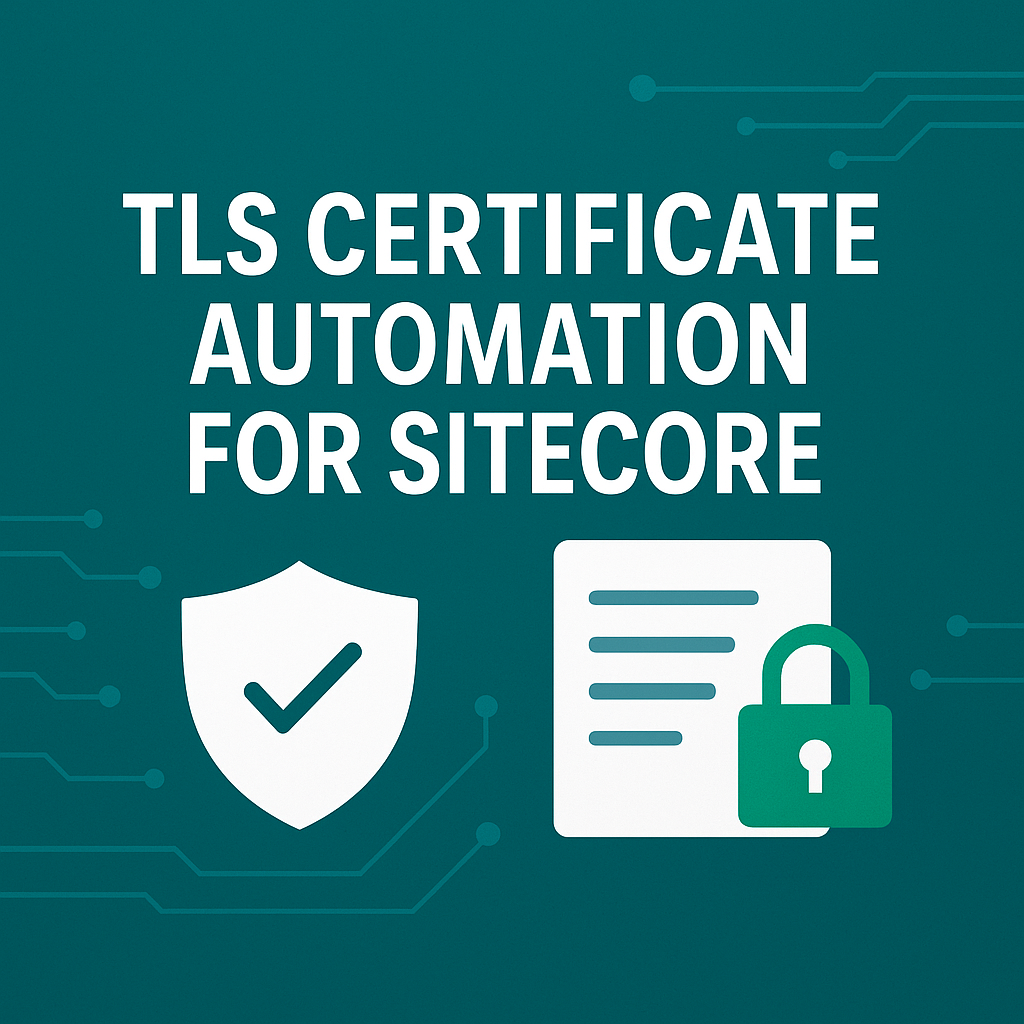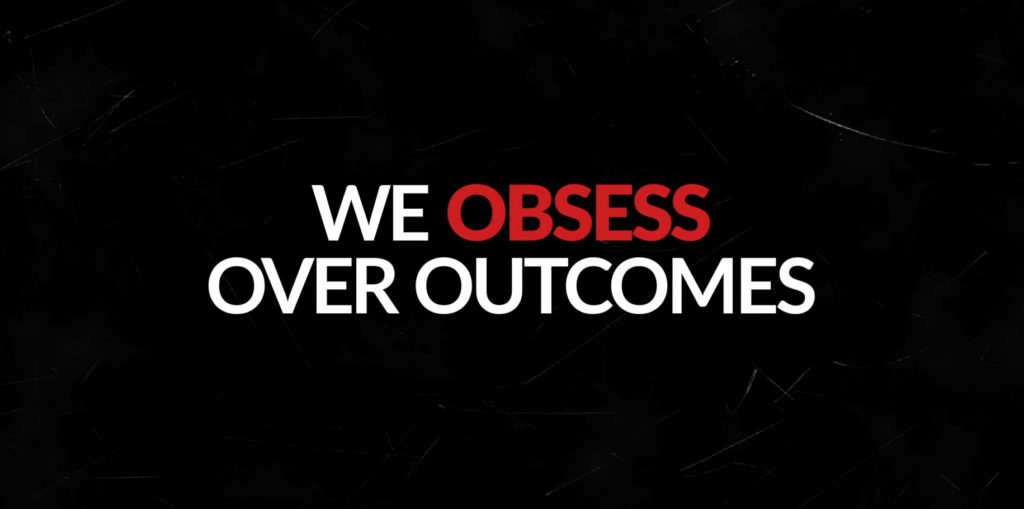Last week, Microsoft brought together partners, customers, and thought leaders at Microsoft Ignite, its annual conference, held this year in Seattle. This year’s event featured close to 600 sessions on AI alone, which is unheard of among technology partners.
Generative AI is the pinnacle of many of Microsoft’s new product announcements, including more Copilots, additional Azure features, new AI capabilities for large language models (LLMs) in Azure, and more.
Read on for our nine key takeaways and some of the most noteworthy announcements from Ignite:
Several new Copilots were announced, as well as enhancements to the Copilot stack, including offerings across solutions to transform productivity and business processes for everyone in your organization, from office workers to frontline workers to IT.
Copilot Studio, a conversational copilot for creating and customizing more copilots, provides access to Azure features like speech recognition and sentiment analysis. It also enables users to add more sophisticated features through Power Platform connectors and Power Automate workflows. Via Microsoft Fabric, Copilot Studio has a unified data layer that leverages AI to help users navigate complex tasks, automate repetitive processes, and improve efficiency.
Microsoft Fabric provides a unified data architecture and enables users to integrate key technologies such as Azure Data Factory, Azure Synapse Analytics, Power BI, and OneLake. This creates a cohesive system with seamless data accessibility and usage.
Announced at Build in May, Azure AI Studio – a comprehensive suite of machine learning tools – integrates with Microsoft Fabric to build, train, and deploy machine learning (ML) models using data that’s readily accessible and reliable. It simplifies the use of large language models (LLMs) and allows users to choose data sources, enabling responses to be fine-tuned with real-time data without having to retrain the whole model, and, once deployed, monitor performance.
Conversely, Windows AI Studio will help developers customize and deploy small language models (SLMs). Users can run models in the cloud or on the network edge, with orchestration capabilities to keep things in sync.
New chips for Azure data centers: Microsoft Azure Maia – an AI accelerator designed to run cloud-based training and inferencing for AI workloads such as OpenAI models, Bing, GitHub Copilot, and ChatGPT. Microsoft Azure Cobalt – a cloud-native chip based on Arm architecture optimized for performance, power efficiency, and cost-effectiveness for general purpose workloads.
GA of Azure Boost – a system that makes storage and networking faster by moving those processes off host servers onto purpose-built hardware and software. The system enables greater network and storage performance at scale, improves security, and reduces the maintenance impact for future Azure software and hardware upgrades.
Improvements to Microsoft’s enterprise communication tools, Microsoft Viva Engage, include using AI to enable peer-to-peer learning with a database of answers to FAQs provided by SMEs. An additional update to Answers in Viva will roll out before 2024, where answers can be generated with AI based on training files from other sources. These improvements are quick ways to switch from legacy knowledge management or to share resources across systems.
SharePoint Premium brings AI, automation, and added security to content experiences, processing, and governance. Users will be able to engage, manage, and protect content in new ways, and prepare it for Copilot for Microsoft 365.
For even more new products and features from Microsoft, check out the Microsoft Ignite Book of News.
Perficient + Microsoft
We are an award-winning Microsoft Solutions Partner, and we’re a recognized expert for delivering strategic solutions across the Microsoft Cloud. Whether it’s application modernization, cloud-native development, employee experience, hybrid work, or intelligent business applications for employees, our 20+ years of Microsoft experience brings true business transformation.





Leave A Comment